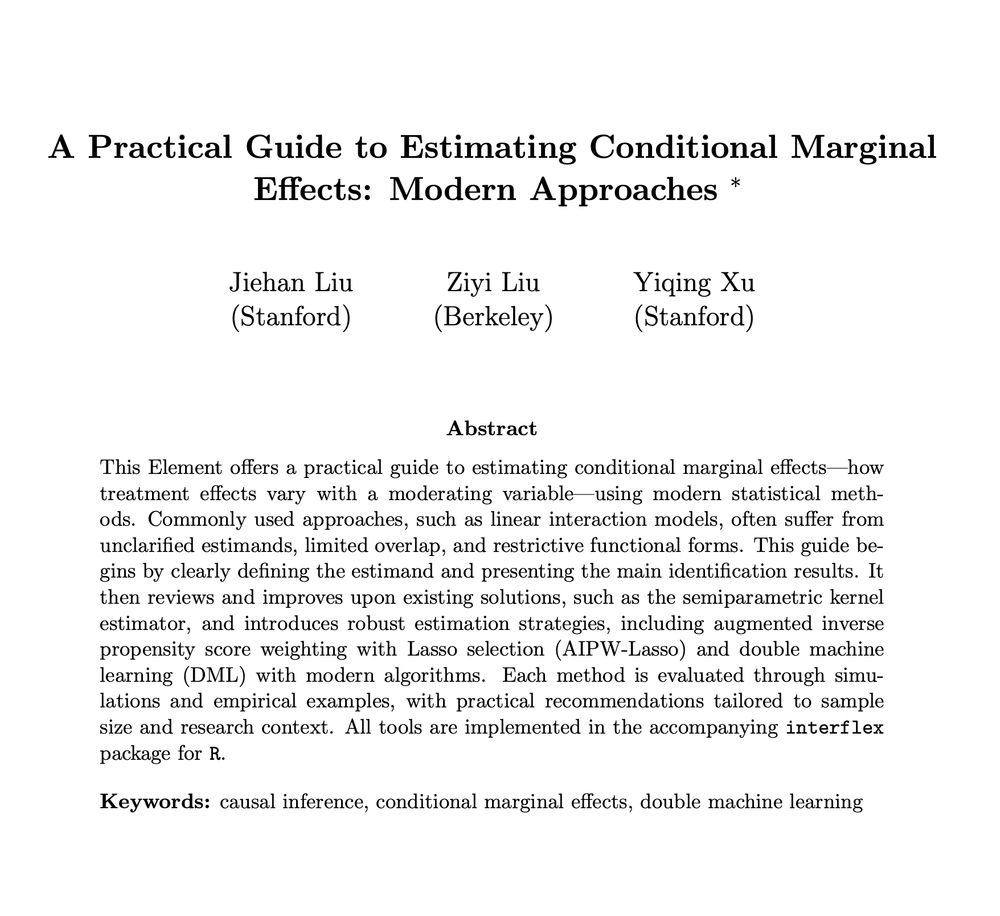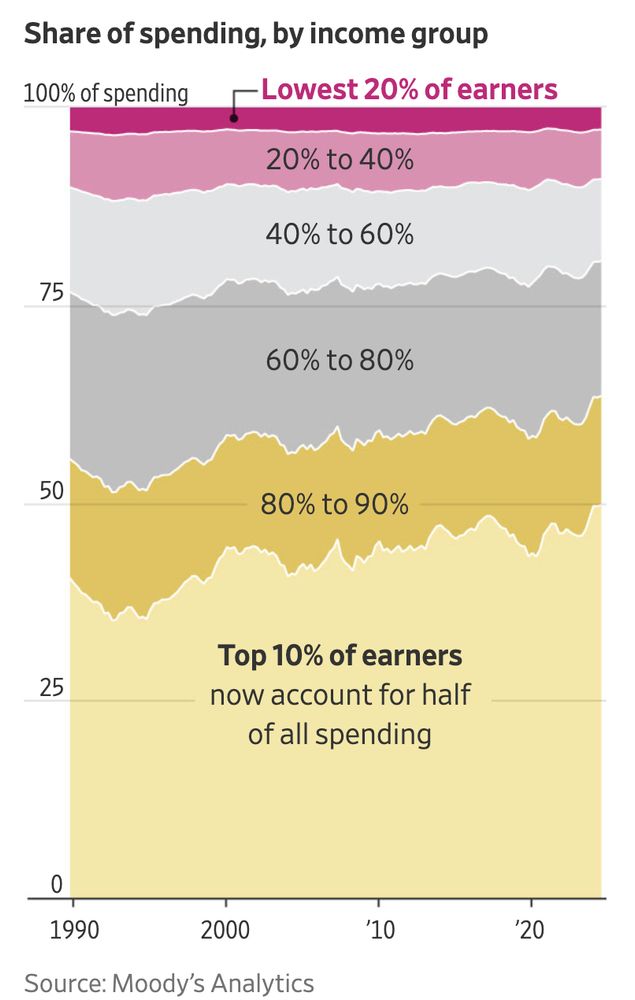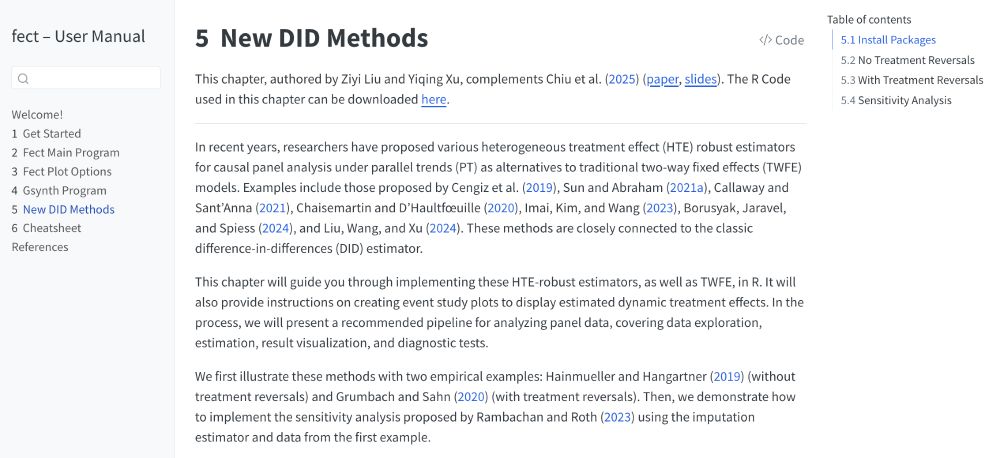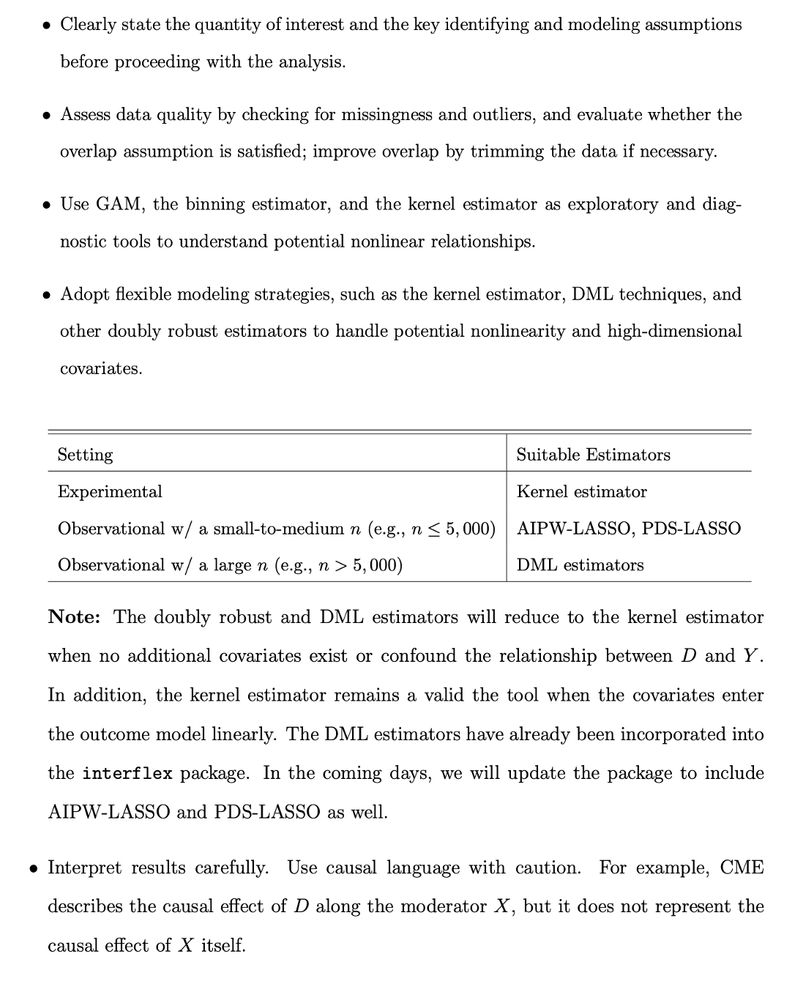Posts
Media
Videos
Starter Packs
We are pleased to announce the 2025 Editors’ Choice Award for the paper “How Much Should We Trust Instrumental Variable Estimates in Political Science? Practical Advice Based on 67 Replicated Studies” by @apoorvalal.com, @maclockhart.bsky.social, @yiqingxu.bsky.social, and @garyzu.bsky.social.

Reposted














